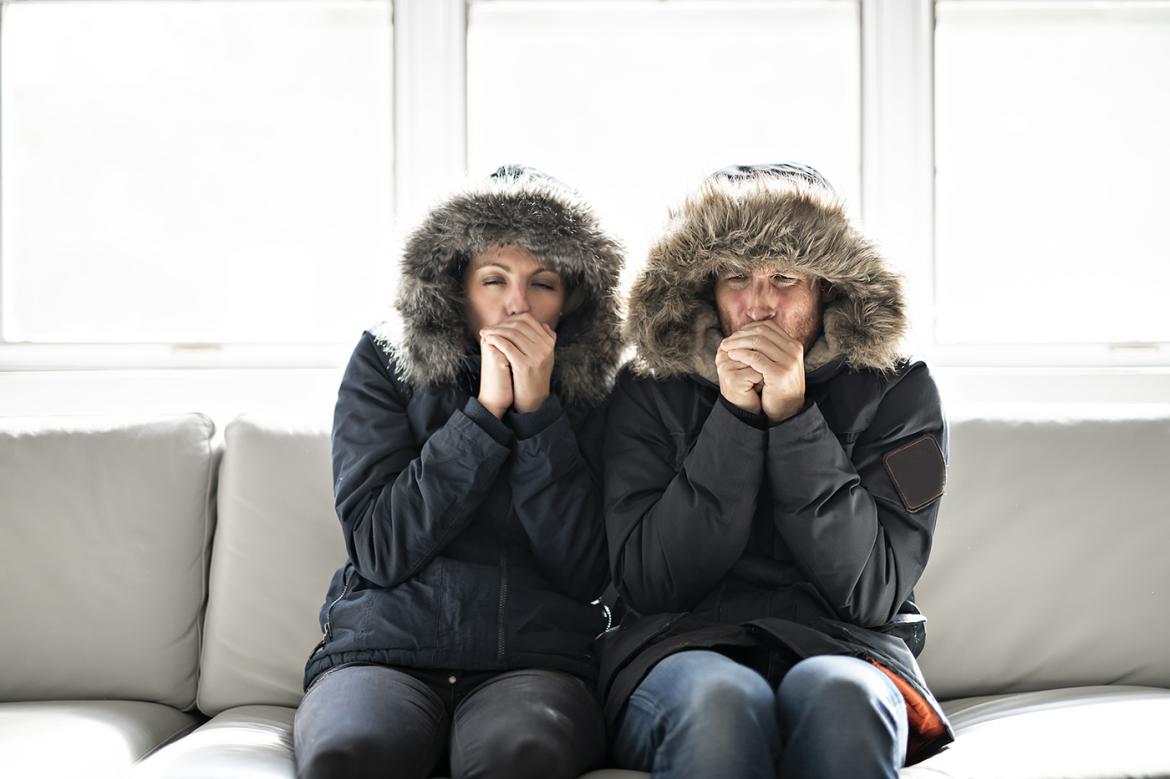How To Keep Your Home Warm and Keep Costs Down in Winter

Prevent deep freeze in your home this winter with window, basement, and attic insulation.
Brrr. It’s that time of year where we have to button our coats and put on those winter tires. It’s also the time of year where heating bills tend to go up. If you’ve noticed your energy bills have been going the opposite way of the temperature, you may be experiencing heat loss due to inadequate insulation. Before you thoroughly chill out, learn how to keep your home warm and your heating costs down when the thermometer starts to drop.
Prevent that draughty feeling
As the weather cools, you might notice that certain parts of your house are more susceptible to the cold than others. This is usually due to the way heat conducts or moves around your home. As air carries heat, that draughty feeling is likely due to an air leak or infiltration, where the heat is escaping, and the cold air is entering.
Draughts are usually caused by infiltration in your:
- Ceilings and attic
- Crawlspace or basement
- Doors and windows
- Vents
- Electrical outlets
Insulating areas where air can leak is one of the best ways to prevent draughts. It will also help reduce your heating bills, as you will not always be cranking the heat up to stay warm.
Seal in the heat from the top down
One of the best ways to keep your home’s temperature constant during winter is adequate attic insulation. As heat rises, it needs a barrier to prevent it from escaping. Insulation with a high R-Value in your attic seals in that heat and prevents moist cold air from entering your home. Insulation in your attic also helps to keep temperatures consistent on the upper floors of your home, avoiding the need for baseboard heaters or other heat sources that can increase heating costs.
Open and Close those Curtains
Have you ever noticed your windows fogging up inside during winter? A sign of heat loss due to inadequate window insulation, condensation can be reduced by opening your curtains or blinds during the day to allow in sunlight and closing them at night to seal in the heat. Make sure your windows are sealed properly by having them insulated with weatherstripping and caulking.
Look Below
Crawlspace and basement insulation is another way to keep your house warmer and safer during winter. Spray foam insulation (SPF) not only prevents air leaks and heat loss, but it also stops moisture damage, mould, and pests from entering your home. And as a bonus, it also provides soundproofing.
Want to know what an R-Value is? Read Insulation 101: What You Need to Know about the best insulation for a home.
Did you know you can save with energy rebates from BC Hydro and Fortis BC when you undergo insulation upgrades? Find out how by contacting Okanagan Insulation Services.